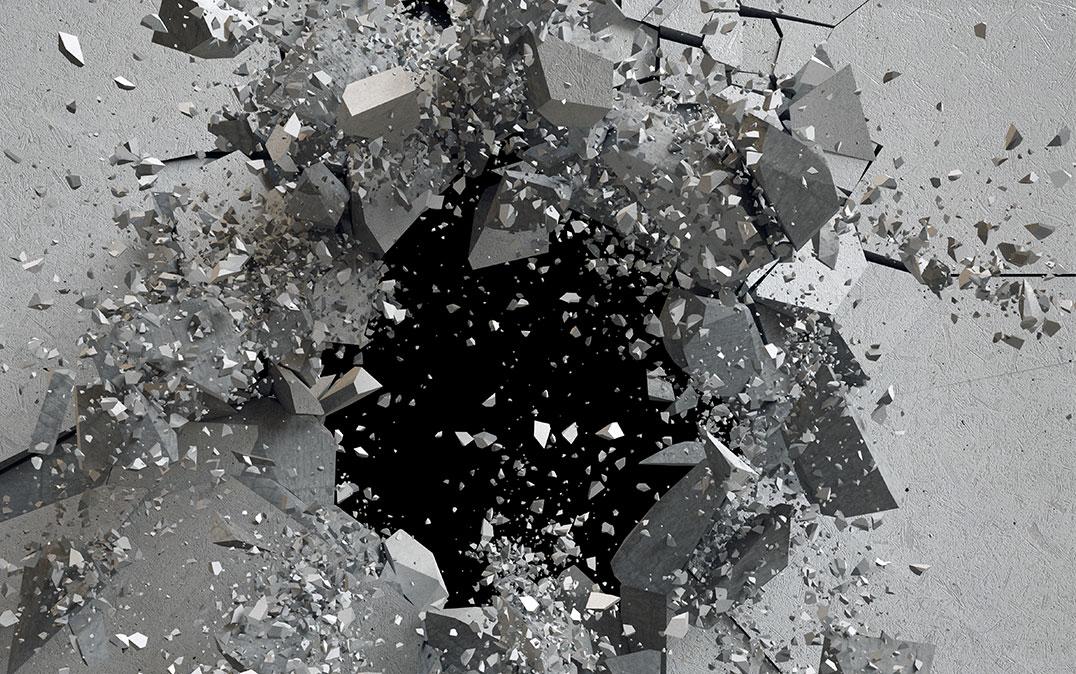Research News
Transformation Toughening of Ceramics Made Crystal Clear
 Image by wacomka/Shutterstock
Image by wacomka/Shutterstock
University of Tsukuba researchers use a time-resolved X-ray crystallography method to gain a better understanding of phase changes in zirconia ceramics
Tsukuba, Japan—Ceramic materials that are resistant to cracking are used in a variety of industries from aerospace engineering to dentistry. Toughening them to improve their efficiency and safety is therefore an important area of investigation. Researchers from the University of Tsukuba have used time-resolved X-ray diffraction to observe transformation toughening in zirconia ceramics during dynamic fracture. Their findings are published in Applied Physics Letters.
Current methods of observation allow the formation of cracks in materials to be observed in situ while loads are applied. These close-up analyses can capture changes on a very small scale with fast resolution, providing clear pictures of fractures and of how the material resists them through toughening.
However, transformation toughening of ceramic materials is related to changes in their arrangement on the atomic level, which can't be seen using the available techniques. Getting a real-time picture of such transformations in the crystal structure is important for gaining a complete picture of how materials respond to dynamic loading.
The researchers therefore used time-resolved X-ray diffraction to follow the behavior of yttria-stabilized tetragonal zirconia polycrystals (Y-TZP) subjected to shock loading.
"Y-TZP is a widely used ceramic material with high strength and fracture toughness that has numerous applications. There is therefore a lot of focus on understanding it better so that we can continue to optimize it," explains Professor Atsushi Kyono. "Until now, we haven't had a clear picture of when in the fracture process crystal structure changes take place, so our understanding of transformation toughening in Y-TZP has been slightly muddy."
Under normal conditions, Y-TZP has a tetragonal crystal structure. This didn't change when the load was applied. However, when dynamic fracture started, small amounts of the monoclinic phase were detected. This indicated that dynamic fracture contributes to the transformation toughening process.
The researchers showed that transformation toughening is related to a process known as spall fracture, which provides insight into the origin of the high spall strength of zirconia ceramics.
"In addition to revealing some of the underlying causes for the behavior of zirconia ceramics, we have demonstrated the feasibility of our method for in situ analysis of crystal structure changes," says study first author Sota Takagi. "We believe that our findings will contribute to the continued development of tough ceramics for a wide range of applications from electric insulator parts to kitchen utensils."
Original Paper
The article, "Visualization of transformation toughening of zirconia ceramics during dynamic fracture", was published in Applied Physics Letters at DOI: https://doi.org/10.1063/5.0044607.
Correspondence
Associate Professor KYONO Atsushi
Faculty of Life and Environmental Sciences, University of Tsukuba
Dr. TAKAGI Sota
Research Fellow (PD) of the Japan Society for the Promotion of Science
Related Link
Faculty of Life and Environmental Sciences


